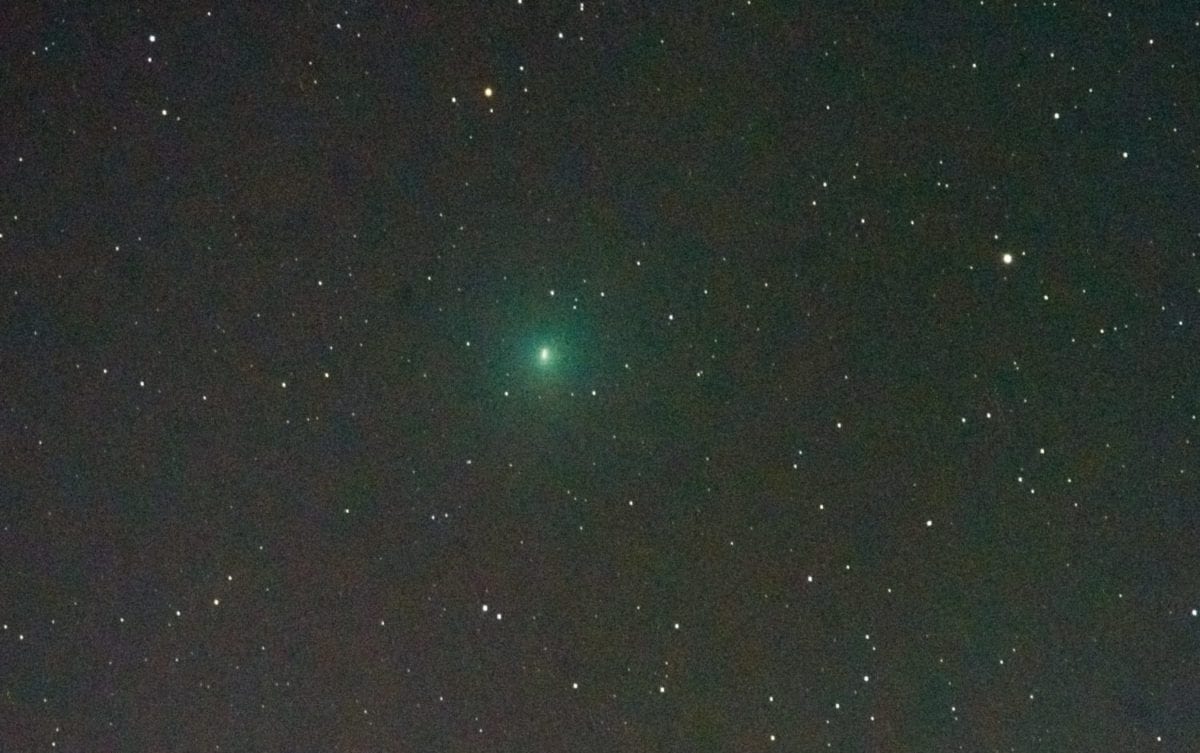How To See The ‘Christmas Comet’ When It Passes Close To Earth This Weekend
You may be able to witness a holiday miracle in the stars this season. In between the end of Hanukkah and Christmas, some observers will be able to witness a spectacular astronomical event.
The very small Comet 46P/Wirtanen is currently flying through space faster than Santa’s sleigh, getting closer to Earth with every passing moment. According to Space.com, on Dec. 16 at 8:06 a.m. EST, the comet will be at its closest to Earth — just 7,199,427 miles away.
That may seem like a far distance, but for comets, that’s about as close as it gets. And though we’re still a few weeks away from Christmas, lots of folks have been describing Comet 46P/Wirtanen as the “Christmas comet,” since it’s so close to the holidays.
This comet’s approach is in the top 10 closest comet approaches since 1950. Astronomers believe observers will be able to see the comet with the naked eye, assuming they’re far enough from any light pollution.
Still, it won’t be easy to spot without the help of a telescope or binoculars. That’s mostly because of Comet 46P’s extremely small size. It will reportedly measure less than seven-tenths of a mile in diameter and is one of the smallest comets ever measured.
To put it in perspective, this comet is only one-tenth the size of the more well-known Halley’s Comet.
Also unlike Halley’s Comet, Comet 46P won’t have much of a visible tail. Instead, it’ll look more like a small bluish object in the night sky.
Comets are made up of ice, dust and rock. Carl Wirtanen discovered this particular bit of space matter in 1948 at the Lick Observatory in California.
Comet 46P’s orbit brings it near the Earth every 5.4 years. From this moment on, its orbit is only getting farther and farther away, making this mid-December a little extra special for stargazers everywhere.
Want to catch a glimpse of the comet? Your best bet is to find somewhere without a lot of light pollution (which can be tricky). Then, look up and search for a large, spread-out blob of light.
To know exactly where in the sky to look, check out these charts from EarthSky or enter your location on TheSkyLive website. There will also be live-streams of the comet by Virtual Telescope, if you’d rather stay indoors and watch the comet by sipping on some eggnog by the fire.
Jason Meyers is a part-time meteorologist and big-time fan of looking up. You can follow him on Twitter or watch one of his entertaining and educational YouTube videos.



